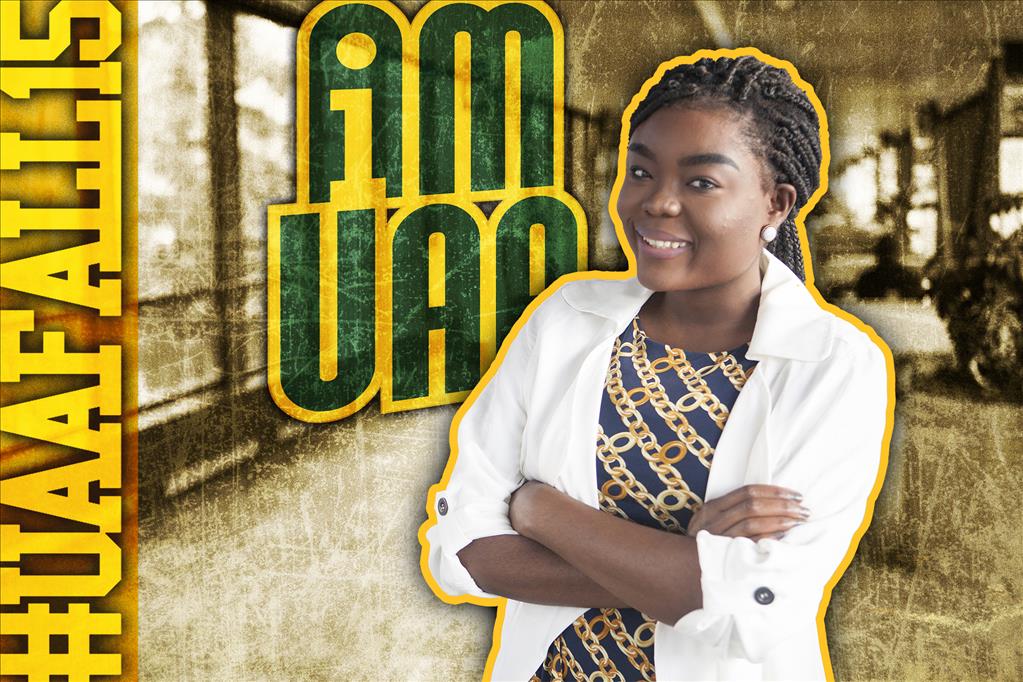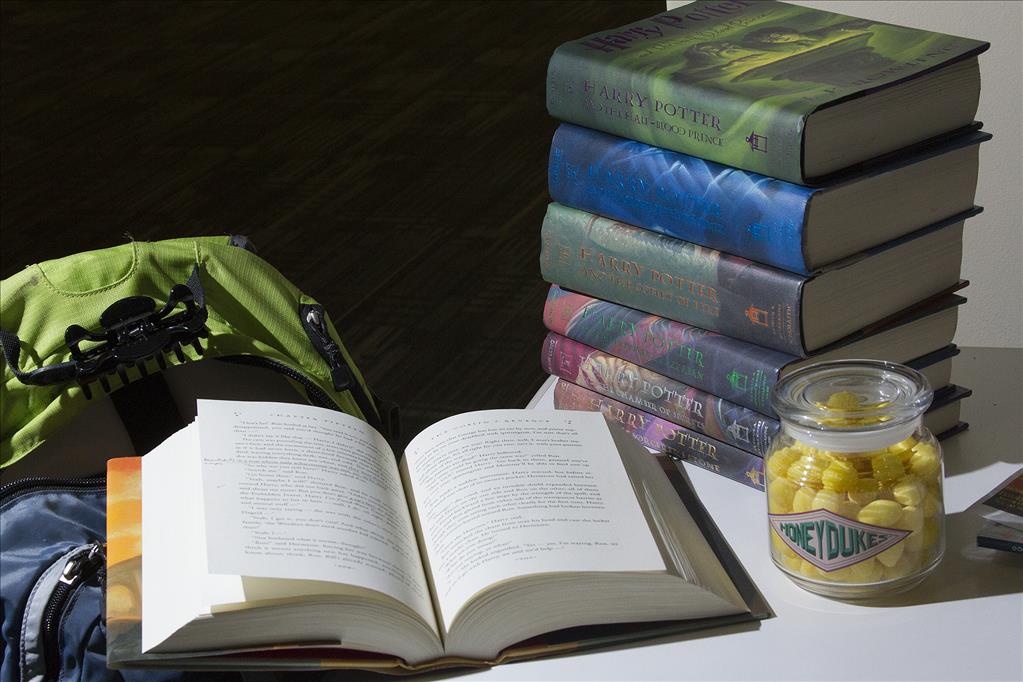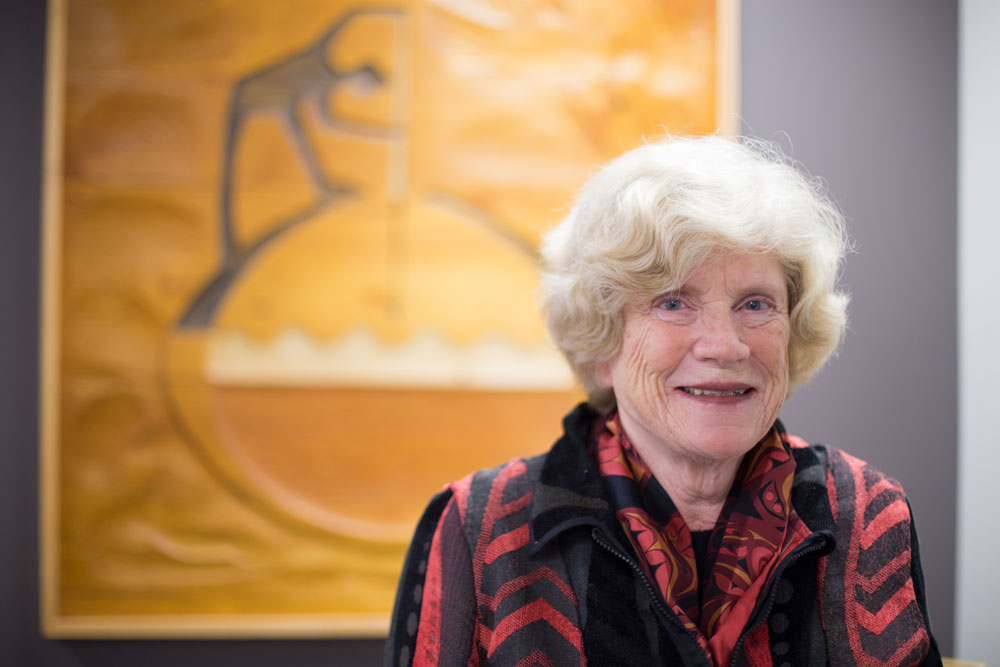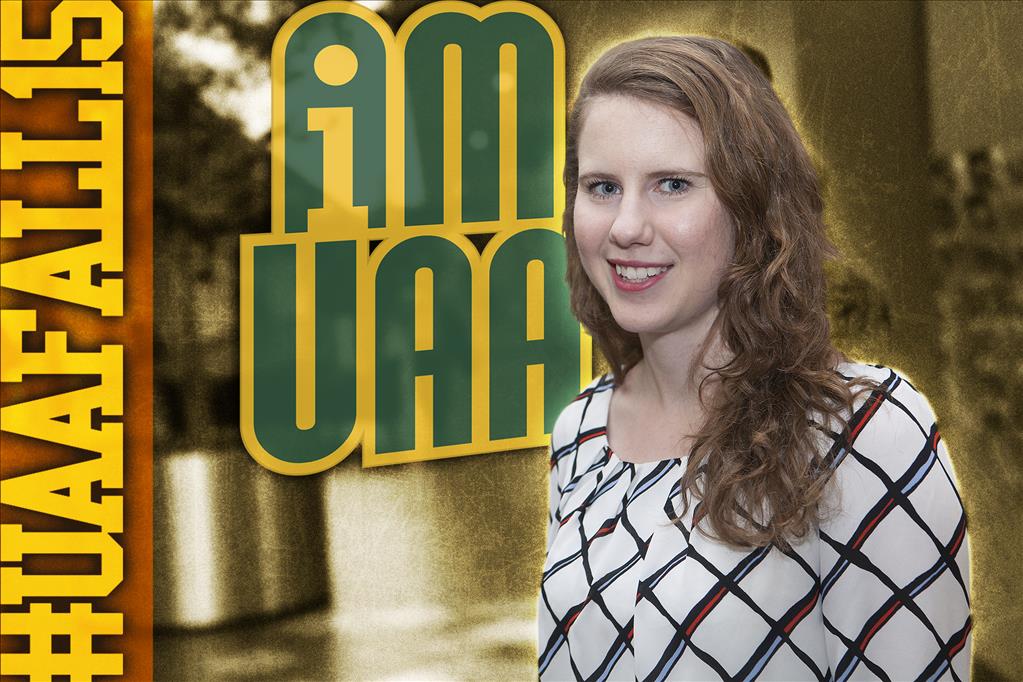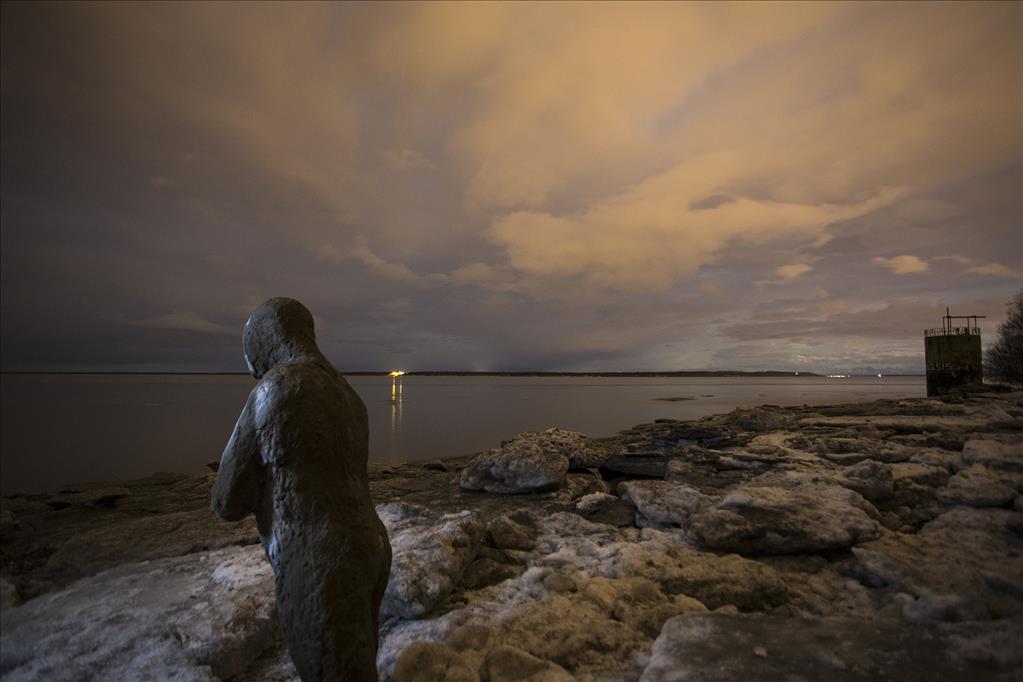Q-and-A: Jeane Breinig, UAA interim associate vice chancellor for Alaska Natives & Diversity
by Tracy Kalytiak |
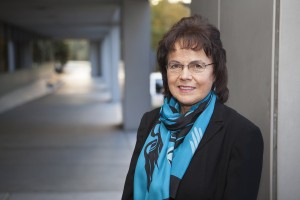
Jeane Breinig was recently named UAA's interim associate vice chancellor for Alaska Natives & Diversity. (Photo by Philip Hall / University of Alaska Anchorage)
UAA recently named Professor Jeane T'aaw xiwaa Breinig to the newly created positions of interim associate vice chancellor for Alaska Natives & Diversity, and advisor to the provost on Alaska Natives and diverse curriculum and research. Breinig was one of the first tenure-track Alaska Native professors hired at UAA, arriving in August 1995. The curriculum she developed helped infuse the university's English offerings with Alaska Native literatures. Breinig also serves as associate dean of the College of Arts and Sciences' Humanities division, and continues to teach her Alaska Native Literatures course online. In Breinig's new role, she will continue the diversity work championed by now-retired Marva Watson, former director of the Office of Campus Diversity and Compliance; Bridget Dooley now helms that office. We spoke with Breinig about her life, her new Alaska Natives & Diversity responsibilities and challenges, and goals she is striving to attain here at UAA.
Q: Where did you live and what did you do prior to arriving at UAA?
A: I am Haida, originally from Kasaan, in southern Southeast Alaska near Ketchikan. I grew up both in Kasaan and Ketchikan and graduated from Ketchikan High School (Kayhi). I held many different kinds of jobs before I became a college professor, including washing dishes and cooking at Ketchikan General Hospital, working at a float plane/air taxi as reservations/ticket agent, and as a flight attendant and dispatcher at an airline serving the Aleutian chain (Dutch Harbor/Adak, Kodiak, Dillingham and King Salmon).
I met and married my bush pilot husband in 1986, and we moved to Seattle, where he became an air ambulance medevac pilot. After my airline went out of business, I returned to college to finish a degree I had started previously but never finished.
Q: How did you discover and decide to concentrate on indigenous literature?
A: At the University of Washington, I decided to major in English because I liked to read and write. In the process, I discovered American Indian literatures because of a class I took with a remarkable Assiniboine woman from the Fort Peck reservation in Montana. This was the first time I had ever had a Native professor and it was life-altering for me. Prior to this, I did not understand the significance of my own tribe's oral traditions. Her class opened up a new world for me.
Q: What research did you delve into?
A: My research areas include Native oral traditions (especially Haida), and one of my projects involved interviewing several Haida elders from my own village-including my own mother, now 94, who is one of the last speakers of our language. During graduate school, my husband and I also had two sons, now 23 and 25. The older son is completing a degree in Human Services here at UAA.
Q: When did you begin teaching at UAA?
A: I have been teaching at UAA since 1995 and developed English 445 (Alaska Native Literatures) in 1996. Since then, I've modified it several times, and most recently put it online and discovered I loved teaching it this way. The format allows for in-depth discussions and thoughtful, respectful commentary among participants. Importantly, it also allows quieter students the opportunity to contribute at a high level. In fact, all can contribute at a high level if they so choose.
Q: Why are efforts to enhance diversity awareness and respect for other cultures especially critical now at UAA?
A: Anchorage is one of the most diverse cities in our nation. UAA's own sociology professor, Dr. Chad Farrell, has spent years studying the city's diversity; a recent ADN article by Dr. Steve Haycox, a UAA professor emeritus of history, mentioned this and noted that Anchorage is home to the three most diverse high schools in our nation-East, West and Bartlett-and also the top four most diverse middle schools-Clark, Begich, Wendler and Romig. More than 90 languages are spoken in our school district. In some sense, Alaska Natives are "diversity plus" because beyond our own internal diversity we hold a unique political legal relationship with the United States and State of Alaska. In fact, the phrase "Alaska Native" is not really an ethnic designation, although it often is used that way. "Alaska Native" actually denotes a legal political standing found in our Alaska Native Claims Settlement Act (ANCSA), a unique piece of legislation that does not exist anywhere else in the world. It is the Alaska Native context that truly makes Anchorage and UAA stand out from other cities and universities. And our Alaska Native population is growing! Indian Country Today named Anchorage as the number-one city in the U.S. with the highest percentage of American Indians and Alaska Natives in the nation. We are also the headquarters for numerous Alaska Native regional and village corporations-huge economic drivers in our state. The Alaska Native Medical Center and numerous nonprofit Alaska Native organizations all contribute to the economics and success of our city and our university. Our Alaska Native student population climbed from 1,824 in fiscal 2014 to 1,945 last year-the largest number in the UA system. As the Alaska Native population in our region and our university grows, we have an opportunity and obligation to educate all our students about Alaska Native histories and contemporary organizations and contributions.
Q: What have you been doing in your new role since the creation of the position was announced?
A: One of the things I'm doing is working with the groups we already have on campus that are related to diversity. For example, I just left a Diversity Action Council meeting. A couple of weeks ago I met with the National Coalition Building Institute; it's a national organization, but we have a chapter here on campus that has workshops that actually focus on inclusivity, trying to develop our students and staff and faculty and everybody to have respectful interactions with each other. I'm going to be meeting with the Faculty Senate Diversity Committee this afternoon. Those are just the three off the top that I'm thinking of. There are many other organizations on our campus that may not directly have diversity in their title but they are interested and work toward mutual goals, such as the Center for Advancing Faculty Excellence (CAFE) and the Center for Community Engagement and Learning.
Q: What do you envision ahead?
A: One of my roles is to help us all get on the same page-more communication interaction and people thinking about how we can work together better on common goals. Because there are lots of good things going on but as a university we're very siloed. Building a more positive and inclusive university includes having all the groups know what the other groups are doing and maybe deciding on some mutual goals or, the way I'm thinking about it, realms of expertise-where are our realms of expertise across the campus and how could those be put to good use? I see myself as a facilitator, bringing people together and helping keep the focus on where we want to go, what we want the future to look like.
Q: The UAA 2017 Strategic Plan called for "building an institution distinguished as a diverse, engaged community..." A comprehensive diversity plan not only will inform development of UAA's next strategic plan, it will help UAA figure out how best to recruit and keep students and faculty who come from diverse backgrounds. Has such a plan been developed yet?
A: A diversity action plan is something that's been on our radar for the past couple of years, but hasn't come to fruition. This year, we're moving forward on it. We have identified three co-chairs: Robert Boeckmann in psychology, André Thorn of the Multicultural Center and Maria Williams, Alaska Native Studies. The chancellor will be giving the charge very soon and they'll begin the process. This will be a great opportunity to have lots of discussions around what will make our campus more inclusive. That's part of the purpose of the diversity action plan. It will also provide ways to measure diversity and outcomes, so you can actually see there's been change. It's also a great opportunity for the various groups to figure out how this coheres and takes our university to the next level-a very inclusive university that values Alaska Natives and diversity and moves us forward in terms of where we want to be in the next five to 10 years as a university.
Q: How do efforts to increase awareness of and respect for Alaska Natives and diversity enhance UAA and the education it provides its students?
A: Students need to see themselves in the curriculum and in research. If you don't, you'll think you don't belong in this university, that it's for other people who don't think about things you think are important. We need to invite all our communities in, so they can see for themselves UAA is a place where they do belong.
Written by Tracy Kalytiak, UAA Office of University Advancement.
 "Q-and-A: Jeane Breinig, UAA interim associate vice chancellor for Alaska Natives &
Diversity" is licensed under a Creative Commons Attribution-NonCommercial 4.0 International License.
"Q-and-A: Jeane Breinig, UAA interim associate vice chancellor for Alaska Natives &
Diversity" is licensed under a Creative Commons Attribution-NonCommercial 4.0 International License.










